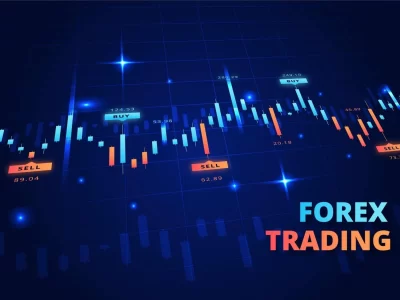The foreign exchange or forex market is an over-the-Counter market for the trading of foreign currencies. This market determines international exchange rates for each currency involved in the transaction. It includes all facets of trading, buying and selling currencies in determined or fluctuating prices. The forex market is characterized by fast moving and volatile prices due to the large number of buyers and sellers, both foreign and local.
There are numerous types of forex trades. Forex traders buy currency with the objective to sell it when they gain profit. On the other hand, forex traders also buy currency with the objective of purchase it again in order to gain profit. There are two types of people who buy and sell foreign currencies, namely, speculators and hedgers.
Speculators are the ones who buy a quantity of foreign currencies with the purpose of reselling them for higher prices to make a profit. For example, one speculator might buy one British pound (GBP) with the aim of selling it for higher prices in the European Exchange Market (EUR). This may take several months to complete. On the other hand, an investor may invest in the same amount of GBP and use the money to purchase the same amount of United States dollars (USD). In this manner, the speculator would be making a profit even though no actual conversion of currency occurs.
On the other hand, the hedger buys a quantity of one currency expecting its value to decrease. If, on the other hand, the value of the Japanese yen (JPY) rises, the hedger will sell the same currency and buy the opposite. In this way, he would be able to lock the amount of currency he is holding at a lower price. In this way, he would be able to realize the benefits derived from the fluctuations in the exchange rate.
The trader or speculator who engage in day trading is the one who buys currencies with the intention of selling them for a profit later. He makes use of various tools such as forex calculators, forex news release, and forex charts. There are also tools used for prediction in cases where the occurrence of a particular event is not known.
A forex currency trader may engage in either short term or long term trades. Short term trades are those that are made within a day or within a week. They are known as day trades, because the buying and selling prices are done between the opening and the closing of the exchange rates for a certain day. Long term trades are those that are made over a month or more. They are called long term trades, because the buying and selling prices are done over a period of time, instead of all at once.
There are some forex currency traders who also trade in pairs. Examples of these pairs are the U.S. dollar/Japanese yen, U.S. dollar/Swiss franc, and the U.S. dollar/Great Britain pound. Another type of forex currency traders are those who deal only in commodities. Examples of commodities are currencies traded for food, fuel, gold, and other related commodities. Other kinds of commodities are currencies traded for hedge funds, securities, and currencies that are converted into certain currencies.
As previously mentioned, forex traders and speculators use tools such as free calculators to determine the possible values of their assets, liabilities, and possibilities of gains or losses. Forex charts are also useful in determining the possible trends of the currencies being traded or exchanged. In form, it is important to know the different currencies being traded so as to be able to identify which of the currency pairs you wish to transact. As a beginner, you do not really need any tools when you start to learn forex trading. It is best to stick to using your intuition or common sense to determine which currency pairs are strong or weak. You may also want to use an online broker that offers free account management services.










